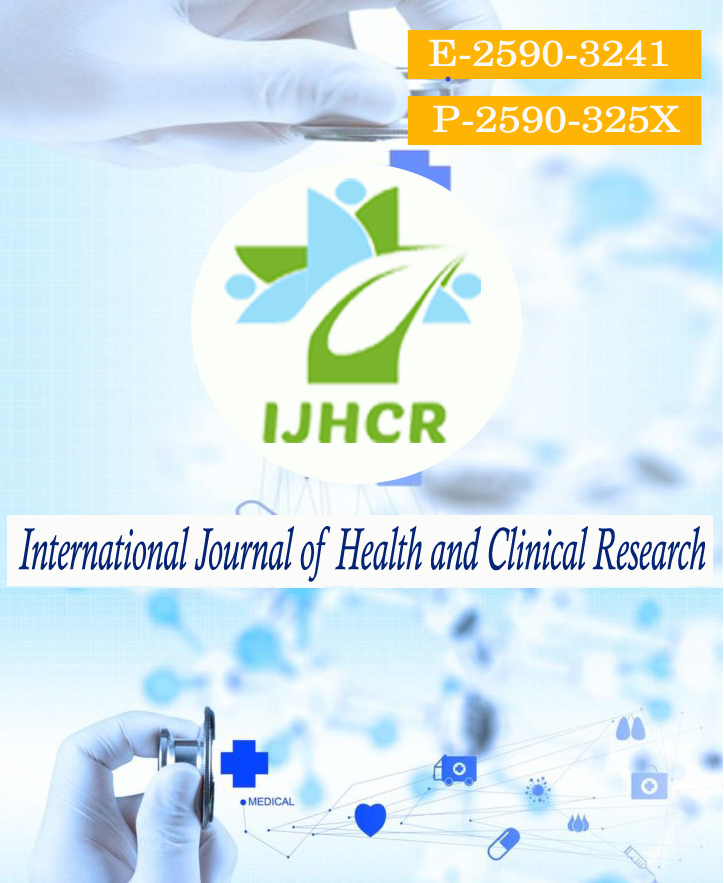Functional Outcome in Patients Undergoing Sauve-Kapandji Procedure in the distal radioulnar joint disorders-A Mid Term follow up
Keywords:
Sauve-Kapandji Procedure, DRUJ Instability, Arthodesis,QuickDASHAbstract
Introduction: The Sauvé-Kapandji procedure is useful for treating a variety of pathologic conditions that alter the normal function of the distal radioulnar joint. The present study was aimed to evaluate the clinico-radiological outcomes of the sauve-kapandji procedure in various distal radioulnar joint disorders. Materials and methods: The study included 14 females and 4 males with a 5 years mean follow up. The mean age at time of surgery was 48 years (range 22-72). The indication for surgery was posttraumatic osteoarthritis in 10 patients, inflammatory arthritis in 5 patients, and painful DRUJ luxation in 3 patients. Results: At final follow-up, VAS and quickDASH scores showed statistically significant improvement from a mean of 5.3 ± 0.9 to 1.2 ± 0.6 and 48.6 ± 9.8 to 20.7 ± 4 respectively. Mean grip strength improved significantly from 3.5 ± 1.2 kg preoperatively to 6.4 ±1.6 kg postoperatively (P<0.005). There was a statistically significant improvement in the preoperative versus postoperative range of motion of the wrist and forearm. Radiologically, successful union at the arthrodesis site was noted in all patients. Conclusion: The Sauvé–Kapandji procedure is an established treatment method for distal radioulnar joint dysfunction. This study supports the pragmatic utility of the S-K procedure in treatment of DRUJ disorders with a significant clinical improvement.
Downloads
Published
How to Cite
Issue
Section
License
Copyright (c) 2022 Nisar Ahmad Shah, Nisar Ahmad Dar, Ilyas Ahmad Shah

This work is licensed under a Creative Commons Attribution 4.0 International License.






 All articles published in International Journal of Health and Clinical Research are licensed under a
All articles published in International Journal of Health and Clinical Research are licensed under a 